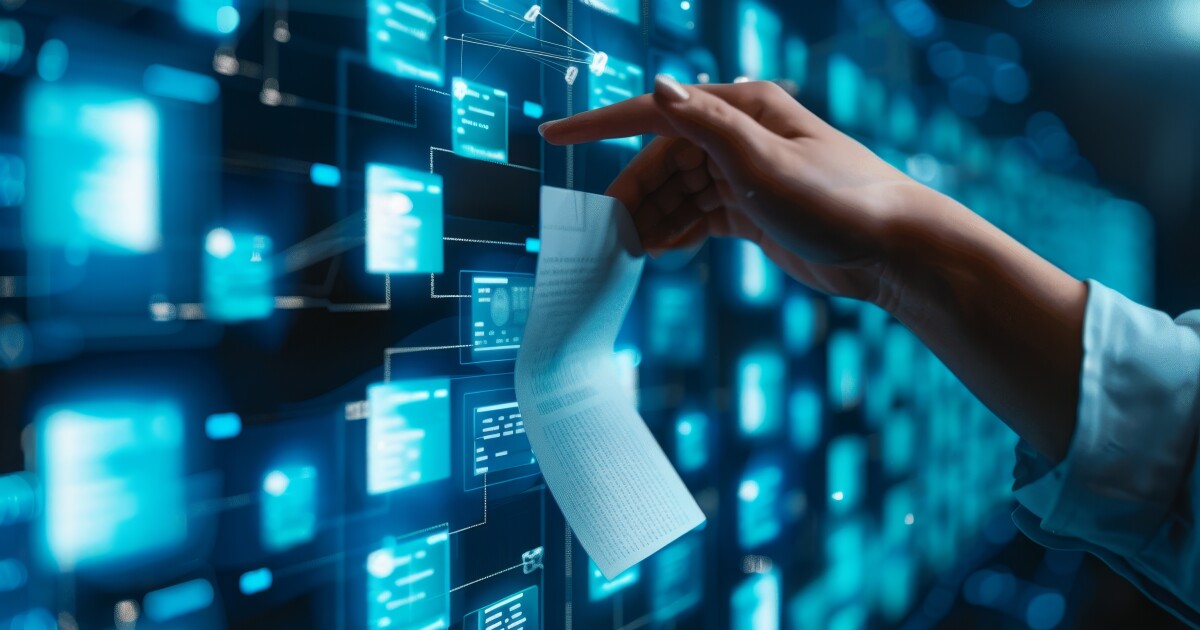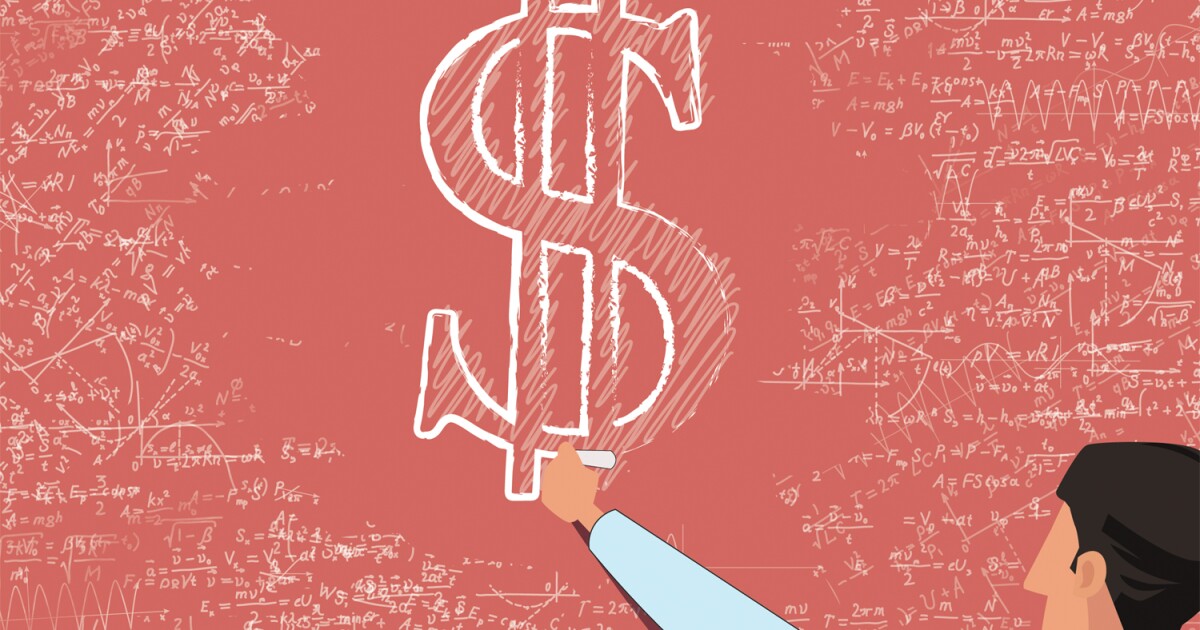We’ve all heard the claims by now that artificial intelligence is going to completely revolutionize the accounting profession. Already it is automating away those routine, manual processes that no one liked doing in the first place, and as it grows more sophisticated, the complexity of tasks the technology will be able to manage will only grow. With bots handling all the drudgery, the human accountants will be free to do only the things that interest and engage them.
The problem is that we’ve seen this before. Accounting is no stranger to technological advancements, and while new technologies have indeed transformed the profession many times over generations, unpleasant drudge work has somehow remained a reality. Part of this is because, historically, technological solutions have tended to solve some problems while, at the same time, creating others which are themselves eventually solved by new technologies that, themselves, create new problems of their own, which must then be solved by the next generation of technology, and so on.
For generations, accountants hand-filled their spreadsheets; go back far enough, and they used feather quills to do so. Then came the personal computer with the electronic spreadsheet, allowing them to quickly type that which they used to have to painstakingly write out, and what’s more it allowed them to modify these documents instantly — before then, they’d have needed to carefully apply whiteout or even start over entirely. The computer saved so much time and effort, transforming the profession and how it worked.
But over time, accountants realized, it created work too. While keying in rows of Excel data was certainly faster and easier than writing by hand, it was still a repetitive, mundane and overall boring task that mainly was done by lower-level associates. While the old drudgery was gone, the new drudgery was ascendant, and soon eventually accountants came to dread having to fill cells, inspect for errors, maintain macros, troubleshoot equations, and listen to their computers groan beneath the weight of far-too-large data sets. People thought, ‘Wouldn’t it be nice to automate all this?’
So they did. The profession saw a push for automation that could take over this new drudgery, whether in the form of dedicated solutions or robotic process automation. Powered by sophisticated computer algorithms that fed on big data, business and accounting automation was presented as the thing that would liberate accountants from the drudgery of manual processes that ate up so much of an accountant’s day. Now we see most of the simple, routine tasks — often compliance-based — that used to dominate accounting work now being handled by software, automating away the boring stuff so the humans could concentrate on the things that really matter, like client engagement.
Of course, over time, people have found that these automations can create their own sort of drudgery too. Yes, they can automatically process invoices or update the general ledger, but now they have to format the data fueling the automation, maintain the databases that hold this information, integrate disparate systems into a cohesive whole, make sure everything is patched and updated, and troubleshoot when (not if — when) things go wrong.
Enter generative AI. Rather than setting up complicated integrations between systems, cludging them together into a unified workflow, accountants can now tell generative AI to do it for them. While still in the early stages, the technology has advanced rapidly in a short time, and what began as something only for drafting marketing copy is becoming a powerful tool for automation that can be run not on arcane command codes but simple natural language. Instead of navigating through tabs and menus to, say, draft an engagement letter, accountants can tell a gen AI system to just draft the letter. AI can handle all these routine, mundane, boring, repetitive processes for us, while we focus on the value-added services that really matter, like consulting.
So is that it? Have we finally reached the apogee of accounting technology? Have we truly seen the end of boring, unfulfilling, unpleasant drudgery?
If previous paradigm shifts are any indication, the answer is no. New technology will probably continue solving some problems while creating others, and it is unlikely AI will be the exception. So while there is a whole universe of contemporary problems that AI is uniquely positioned to solve, users are also opening themselves up to new annoyances, frustrations and overall unpleasant tasks they’d prefer not to do. AI may take care of a lot, but it is unrealistic to think it would one day make the job free of toil and stress.
Moreover, one might argue that toil and stress are inherent to the very nature of jobs themselves, which essentially are things that people would not ordinarily be doing on their own — at least not in the way they’re expected to — without money.
If there was nothing stressful, nothing boring, nothing overall unpleasant or unfulfilling about a job, if it was as simple and enjoyable as watching TV or seeing friends, it likely would not be a job in the first place. In fact, if it became something actually fun, it would quickly be recategorized as leisure, and people would have to pay to do it, instead of getting paid to do it.


 Economics1 week ago
Economics1 week ago
 Economics1 week ago
Economics1 week ago
 Economics6 days ago
Economics6 days ago
 Finance1 week ago
Finance1 week ago
 Blog Post7 days ago
Blog Post7 days ago
 Economics1 week ago
Economics1 week ago
 Personal Finance6 days ago
Personal Finance6 days ago
 Economics1 week ago
Economics1 week ago












